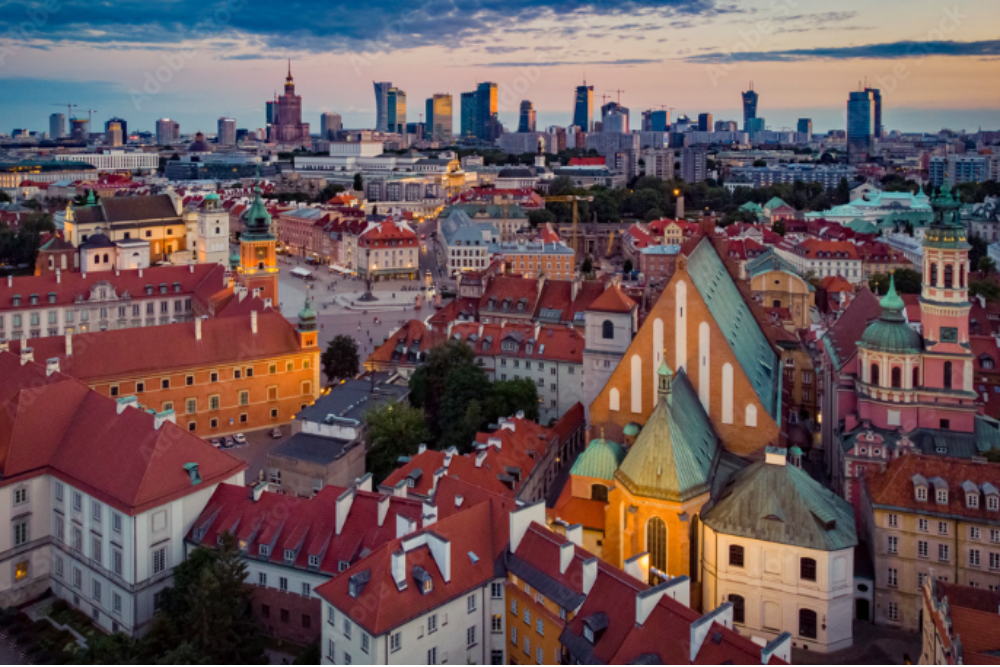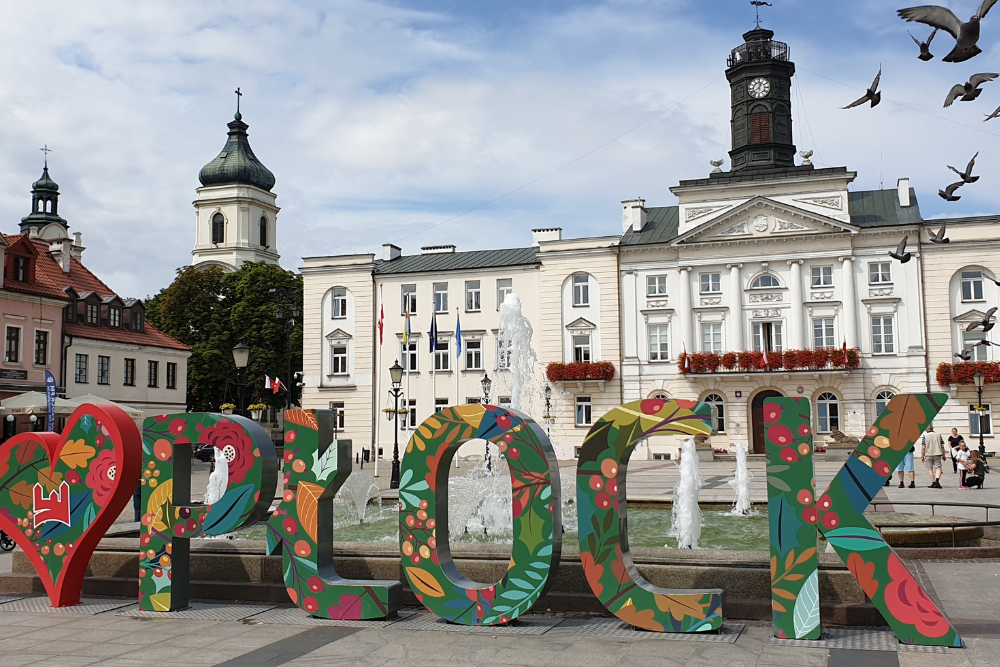Vietnam is a country rich in history, culture, and traditions, making it a fascinating destination for travelers. Understanding and respecting local customs and etiquette is essential for a positive travel experience. In this blog, we’ll delve into the key cultural practices and etiquette tips that every traveler should know before visiting Vietnam. By being culturally aware, you can show respect to the local people and enhance your journey through this vibrant country.
1. Greetings and Common Phrases
A. The Importance of Greetings
In Vietnam, greetings are more than just a polite formality; they are an essential part of social interactions. A warm greeting can set a positive tone for your encounter.
B. Common Phrases
- Xin chào (Hello)
- Cảm ơn (Thank you)
- Tạm biệt (Goodbye)
- Xin lỗi (Excuse me / Sorry)
Using these phrases can go a long way in making a good impression and fostering goodwill with locals.
2. Dress Modestly
A. Attire for Temples and Religious Sites
When visiting temples, pagodas, or other religious sites, it is important to dress modestly. Women should wear long skirts or pants and cover their shoulders, while men should avoid shorts and sleeveless shirts.
B. General Dress Code
In urban areas, casual attire is generally acceptable. However, when visiting rural areas or family homes, opt for more conservative clothing to show respect.

3. Understanding Personal Space
A. Proximity in Conversation
Vietnamese people may stand closer than you might expect during conversations. This reflects a friendly and open demeanor, so try to be comfortable with closer proximity.
B. Physical Touch
While handshakes are common, physical touch beyond that (like hugging or back slapping) is usually reserved for close friends and family. Be mindful of personal space, especially with those you do not know well.
4. Respect for Elders
A. Hierarchical Society
Vietnamese society places great importance on respect for elders. When greeting someone older, use two hands and bow slightly as a sign of respect.
B. Seating Arrangements
In social settings, it is customary for elders to be seated first. Always allow them to choose their seat before taking one yourself.

5. Dining Etiquette
A. Table Manners
When dining in Vietnam, there are specific etiquette rules to follow:
- Wait for the host to invite you to eat before starting.
- Use chopsticks properly; never stick them upright in a bowl of rice, as this resembles incense offerings at funerals.
- It’s polite to offer food to others before serving yourself.
B. Drinking Etiquette
When toasting, it’s common to say “Một, Hai, Ba, Dô!” (One, Two, Three, Cheers!). It’s polite to maintain eye contact while toasting.
6. Gift Giving
A. Appropriate Gifts
If invited to a local home, it’s a nice gesture to bring a small gift, such as fruit or sweets. Avoid giving sharp objects, as they symbolize cutting ties.
B. Presentation
Gifts are often presented with both hands, and it is polite for the recipient to open the gift in front of you to show appreciation.

7. Photography Etiquette
A. Asking for Permission
Always ask for permission before taking photos of people, especially in rural areas. Some may consider it intrusive, so it’s best to be respectful.
B. Cultural Sites
When photographing religious or cultural sites, be mindful of signs indicating whether photography is permitted.
8. Navigating Public Spaces
A. Using Public Transportation
When using buses or trains, be sure to give up your seat to the elderly, pregnant women, and those with small children. It’s a common practice and greatly appreciated.
B. Queuing
Queuing is becoming more common in Vietnam, especially in larger cities. However, be patient if it’s not strictly followed.

9. Environmental Awareness
A. Littering
Vietnam is increasingly focusing on environmental conservation. Be mindful not to litter; use designated trash bins whenever possible.
B. Plastic Use
Try to minimize the use of single-use plastics by carrying a reusable water bottle and shopping bags. Support local initiatives that promote sustainability.
10. Being Mindful of Cultural Sensitivities
A. Religion and Spirituality
Vietnam is home to various religious beliefs, including Buddhism, Catholicism, and indigenous practices. Be respectful of religious practices and sites, even if they differ from your own beliefs.
B. Historical Context
Vietnam has a complex history, particularly regarding the Vietnam War. Approach conversations about history with sensitivity, and be respectful of differing perspectives.

Conclusion
Traveling in Vietnam can be an enriching experience filled with warm interactions, beautiful landscapes, and delicious cuisine. By understanding and adhering to the cultural etiquette outlined in this guide, you can foster positive relationships with locals and enhance your travel experience. Respect and awareness are key to enjoying the vibrant culture of Vietnam while ensuring a meaningful journey.
As you prepare for your trip, remember that cultural differences are what make travel so rewarding. Embrace the opportunity to learn and connect with the rich traditions of this beautiful country!











